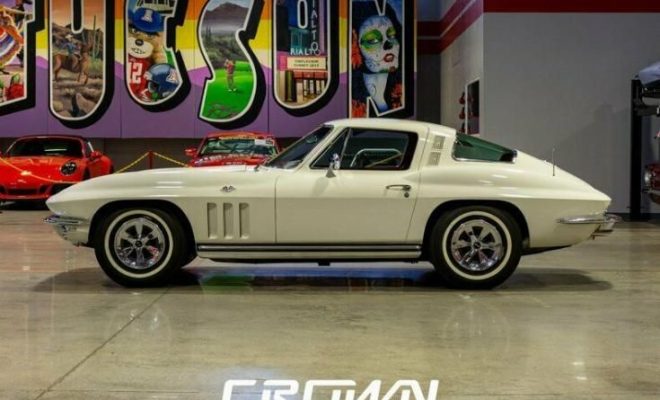The 1967 Corvette was the best of the best

The 1967 Corvette, often revered as the pinnacle of American muscle cars, represents the zenith of Corvette’s second generation. Fondly known as the C2, this final year models of the mid-year Corvettes culminated a design and mechanical prowess that began in 1963. The 1967 Corvette was not only a visual masterpiece with its sleek lines, aggressive stance, and iconic split rear window (though this feature was exclusive to the 1963 model), but also a force to be reckoned with on the road and track.
Underneath its fiber-glass hood, the ’67 Corvette offered a choice of potent power plants, ranging from the respectable 300-horsepower in the base model to a staggering 435-horsepower tri-power (three two-barrel carburetors) version in the L71 equipped models. The king of them all was the L88 package which was an ultra-high-performance option featuring a racing-spec engine that Chevrolet rated conservatively at 430 horsepower, but in reality it could push well beyond that figure.
The Sting Ray’s aggressive features were complemented by an equally impressive chassis. Four-wheel independent suspension meant that not only could this beast go fast in a straight line; it could also handle corners with finesse unexpected for such a powerful sports car at that time. Chevy engineers fine-tuned everything from the suspension geometry to brake cooling, ensuring that whether it was cruising down boulevard or tearing up the racetrack, drivers could do so with confidence and control.
The interior of the ’67 Corvette was no less impressive than its performance specs. It came with a range of luxurious options for its era, such as leather seats, power windows and even an AM/FM radio – signaling that this vehicle was designed for those who demanded high performance without sacrificing comfort or style.
In terms of collectability, few cars can rival the ’67 Vette. Its desirability is reflected not only in its timeless beauty and exceptional performance but also in its rarity particularly for certain models like those equipped with the L88 engine of which only around 20 were made. Adding to this exclusivity is a variety of unique colors offered that year with names like “Sunfire Yellow” and “Marlboro Maroon,” which have become nearly as legendary as the car itself.
For many enthusiasts and collectors, owning a ’67 Corvette is more than just having an incredible classic car—it’s about preserving a piece of automotive history where style, speed, and innovation met in one stunning package. It’s why nearly six decades later , automotive aficionados unanimously agree: The 1967 Corvette was indeed the best of the best.



